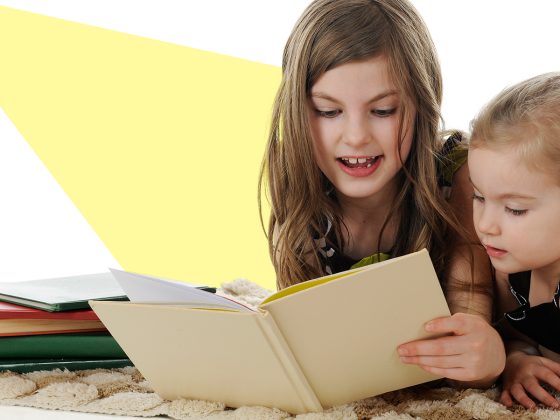
Creating Alphabet-Rich Environments
Alphabet recognition involves learning the names, shapes, and sounds of the letters in the alphabet, and it helps get kids ready for phonics learning. There are so many ways to introduce the alphabet to young children. Adding a little alphabet magic to your environment can be a great place to start.
Alphabet recognition involves learning the names, shapes, and sounds of the letters in the alphabet, and it helps get kids ready for phonics learning. There are so many ways to introduce the alphabet to young children. Adding a little alphabet magic to your environment can be a great place to start.
Consider these playful ideas:
- Post letters of the alphabet around the room.
- Celebrate a letter of the day.
- Place posters or signs with words on the walls.
- Create name cards for kids to place on their desks, to label their cubbies, or to wear.
- Provide a letter board, letter magnets, or letter blocks for kids to manipulate.
Read this article for even more ideas.
Now, do a quick survey of your setting. Are there opportunities to incorporate letter learning into your environment?
You can have endless fun with letters!
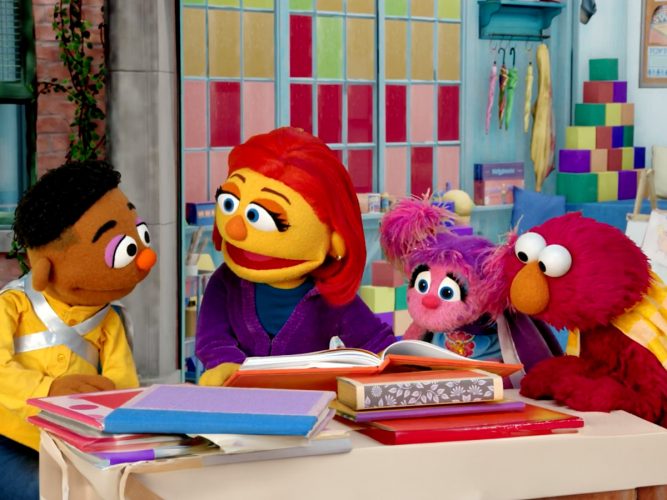
Buzzing About Books
As children grow, they can engage with books (and caring grown-ups!) in special ways.
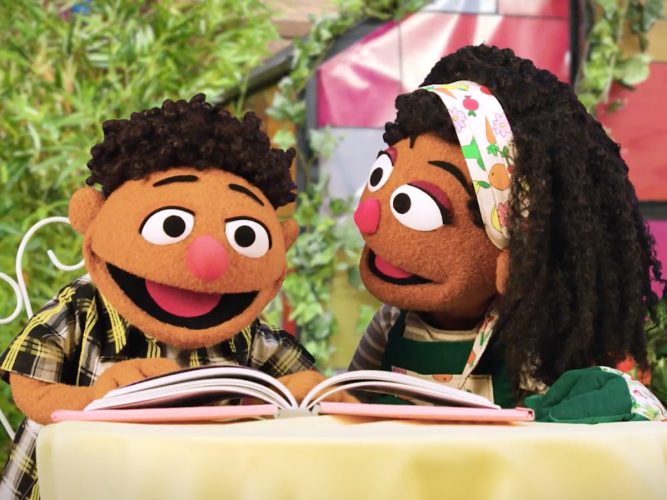
A Star Reader
There are many steps to reading, and all are important to becoming a great reader. It’s a process!

Tips for Shared Reading with Children Birth to Three
Tips for using reading time to bond with your child and build their language and literacy skills.

Tips for Shared Reading with Children Three to Five
Tips to make shared reading a time for learning and connection.
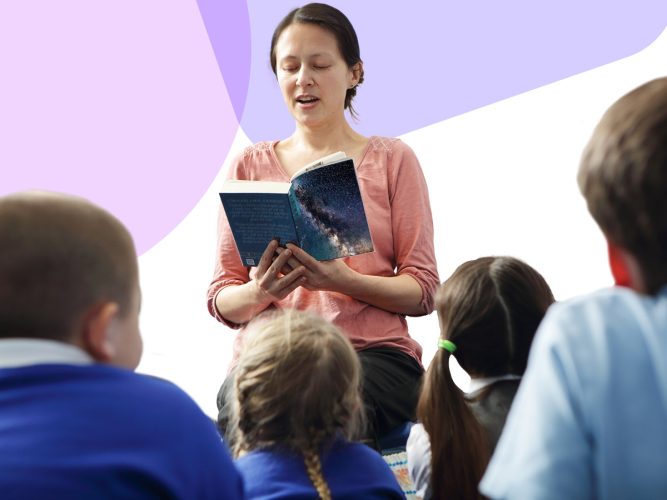
A Mighty Voice
Finding confidence in the ways that you tell stories will make them even more special to the children you share them with.
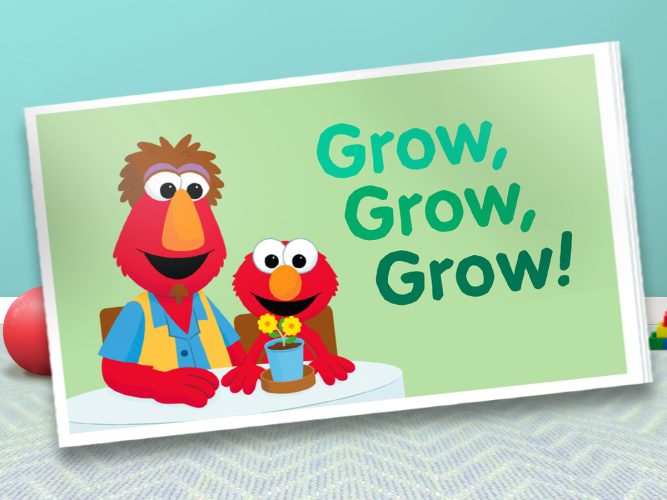
Grow, Grow, Grow!
A story about Elmo and his daddy using a book to grow a flower.
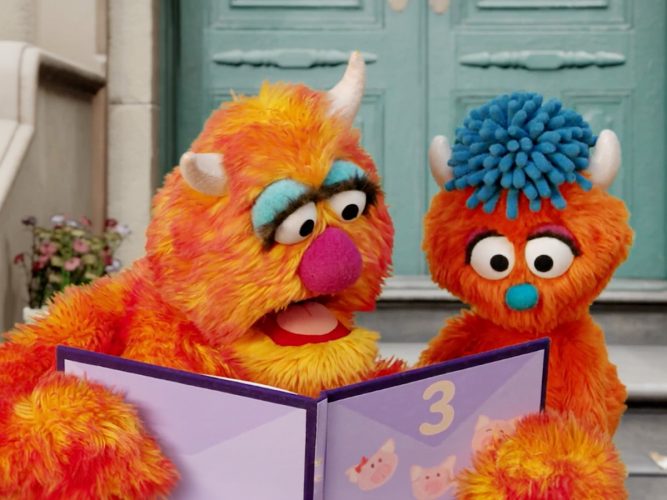
One More Time
There are lots of different ways to share the same story, again and again!
